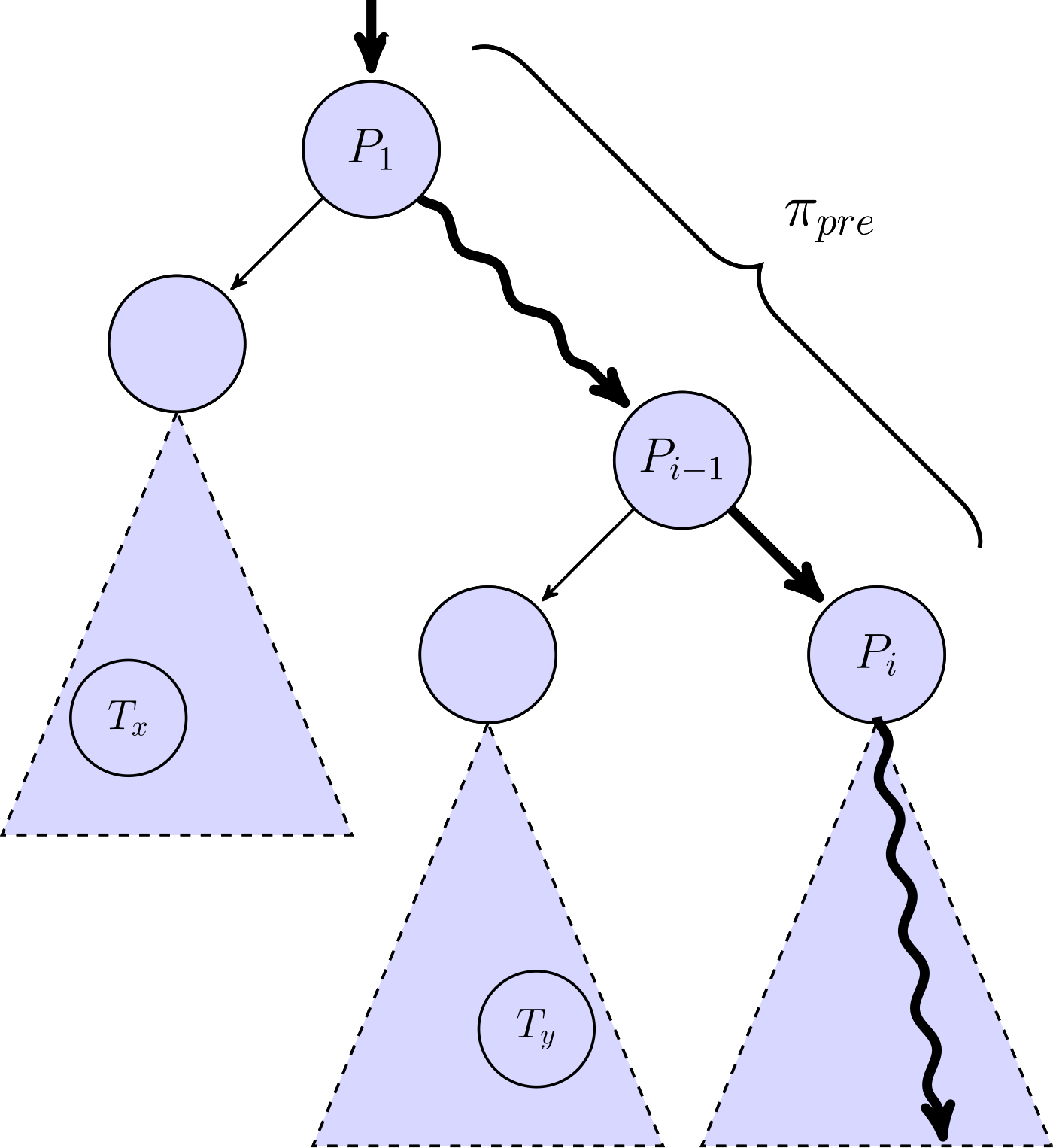Project 0x Case Study
Abstract Smart contracts facilitate the transfer of value and help determine digital asset behavior. This results in a higher need for formal proofs and computer-aided checks compared to traditional software which does not typically perform these functions. 0x is an open protocol that enables the peer-to-peer exchange of assets on the Ethereum blockchain. It is one of the largest open protocols with over 30 projects building on top of it, amassing over 713,000 total transactions, and a volume of $750 million.
Sharon Byrne-Cotter
April 17, 2020















